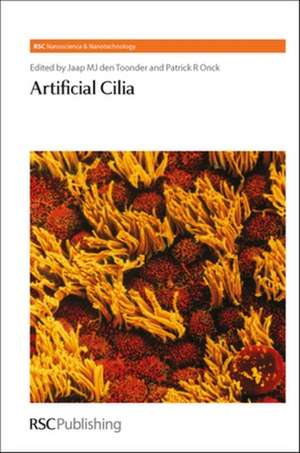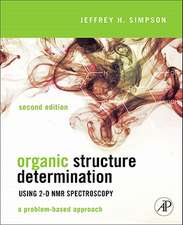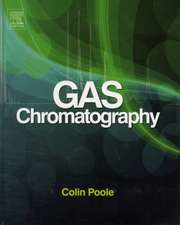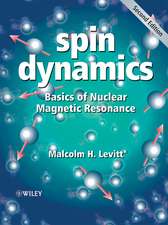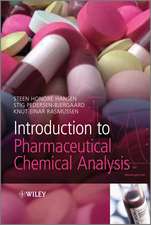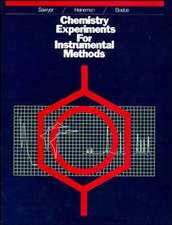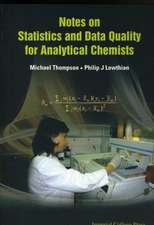Artificial Cilia: Rsc: RSC Nanoscience & Nanotechnology, cartea 30
Editat de Jaap M. J. Den Toonder, Paul O'Brien, Patrick R. Oncken Limba Engleză Hardback – 9 iun 2013
Din seria RSC Nanoscience & Nanotechnology
- 14%
 Preț: 943.44 lei
Preț: 943.44 lei - 14%
 Preț: 1382.07 lei
Preț: 1382.07 lei - 14%
 Preț: 1230.53 lei
Preț: 1230.53 lei - 14%
 Preț: 943.44 lei
Preț: 943.44 lei - 14%
 Preț: 778.71 lei
Preț: 778.71 lei - 14%
 Preț: 1043.67 lei
Preț: 1043.67 lei - 14%
 Preț: 1118.52 lei
Preț: 1118.52 lei - 14%
 Preț: 1204.00 lei
Preț: 1204.00 lei - 14%
 Preț: 1196.74 lei
Preț: 1196.74 lei - 14%
 Preț: 1191.46 lei
Preț: 1191.46 lei - 14%
 Preț: 1159.76 lei
Preț: 1159.76 lei - 14%
 Preț: 1242.19 lei
Preț: 1242.19 lei - 14%
 Preț: 1360.94 lei
Preț: 1360.94 lei - 14%
 Preț: 1266.87 lei
Preț: 1266.87 lei - 14%
 Preț: 1123.16 lei
Preț: 1123.16 lei - 14%
 Preț: 1353.49 lei
Preț: 1353.49 lei - 14%
 Preț: 1273.68 lei
Preț: 1273.68 lei - 14%
 Preț: 1307.70 lei
Preț: 1307.70 lei - 14%
 Preț: 1383.21 lei
Preț: 1383.21 lei - 14%
 Preț: 1386.51 lei
Preț: 1386.51 lei - 14%
 Preț: 1088.21 lei
Preț: 1088.21 lei - 14%
 Preț: 1089.02 lei
Preț: 1089.02 lei - 14%
 Preț: 682.86 lei
Preț: 682.86 lei - 14%
 Preț: 948.40 lei
Preț: 948.40 lei - 14%
 Preț: 1027.31 lei
Preț: 1027.31 lei - 14%
 Preț: 948.87 lei
Preț: 948.87 lei - 14%
 Preț: 950.05 lei
Preț: 950.05 lei - 14%
 Preț: 1102.77 lei
Preț: 1102.77 lei - 9%
 Preț: 922.81 lei
Preț: 922.81 lei - 9%
 Preț: 845.70 lei
Preț: 845.70 lei - 9%
 Preț: 1009.54 lei
Preț: 1009.54 lei - 9%
 Preț: 1110.76 lei
Preț: 1110.76 lei - 5%
 Preț: 1120.61 lei
Preț: 1120.61 lei - 9%
 Preț: 1241.51 lei
Preț: 1241.51 lei
Preț: 1157.61 lei
Preț vechi: 1346.06 lei
-14% Nou
221.52€ • 236.87$ • 184.69£
Carte disponibilă
Livrare economică 27 martie-10 aprilie
Specificații
ISBN-10: 1849735972
Pagini: 265
Dimensiuni: 163 x 241 x 22 mm
Greutate: 0.56 kg
Editura: Royal Society Of Chemistry
Seria RSC Nanoscience & Nanotechnology
Notă biografică
Cuprins
Textul de pe ultima copertă
Natural cilia are tiny hairs on cells which have generated and sensed fluid flow in biological systems for billions of years. Mimicking this action in artificial systems presents interesting opportunities for flow control in lab-on-a-chip devices. Research into this field began almost a decade ago, and this book presents the state-of-the-art in this rapidly developing field of research inspired by nature.
Establishing a link between nature and technology is a major attraction to those entering the field, which encompasses materials, processing, fluid mechanics, fluid-structure interaction, and biomedical applications. Artificial Cilia will appeal to anyone working in these areas and presents beautiful examples of how a biological system can form the successful basis for research and technical applications.
The editors have been pioneers in the field since establishing a major European project on artificial cilia in 2005, and they are joined by leading experts from across the globe in presenting a comprehensive digest of this exciting new technology.
